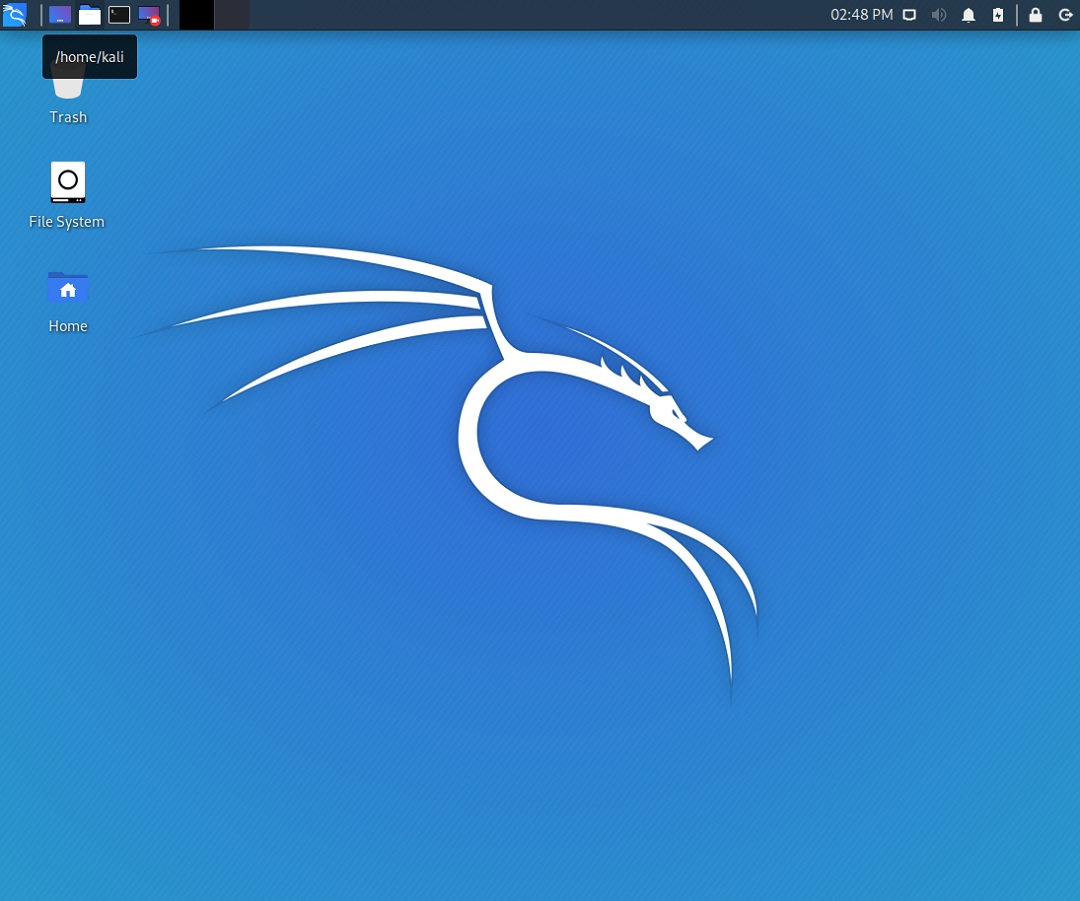
If you are looking for a distribution for learning the basics of Linux then I would recommend starting with Mint or Ubuntu instead. However, if you want to be a penetration tester or are studying penetration testing then it’s probably the best choice around. If you have no experience of Linux or are looking for a desktop to use on a daily basis, then Kali Linux is probably not for you. Adding additional repositories runs a serious risk of corrupting the system
It contains a minimal and trusted set of repositories. Network services are disabled by default using systemd hooks. However, the latest release requires the creation of a user during installation It was originally designed to be used by a single, root user. Kali Linux was specifically created for professional penetration testing and security auditing and several core changes have been made which reflect this: Kali Linux contains more than 600 penetration testing tools is open source development adheres to the Linux file system standard supports many languages is highly customizable and has support for the Raspberry Pi. It contains hundreds of tools grouped into various information security tasks, such as penetration testing, security research, computer forensics and reverse engineering. Kali is based on Debian and is aimed at penetration testing and security auditing. This tutorial assumes you have some knowledge of Linux and are interested in learning more about penetration testing. It holds a repository of tools designed for hacking wireless networks, web applications and databases as well as for reverse engineering, password cracking and many others. Kali is a Linux distribution created by Offensive Security and is specifically designed for ethical hackers who want to do penetration testing. It is the first in a series of tutorials which will help you to setup the proper environment for using Kali Linux and then show you how to use it’s tools.The tutorials in the series include:īy the end of this session you will be able to: describe Kali Linux decide if you should be using Kali Linux download and verify the Kali Live ISO install Oracle Virtual Box (VBox) and install Kali Linux in VBox. 
This tutorial will teach you how to install Kali Linux as a VM using Virtual Box.





 0 kommentar(er)
0 kommentar(er)
